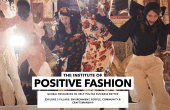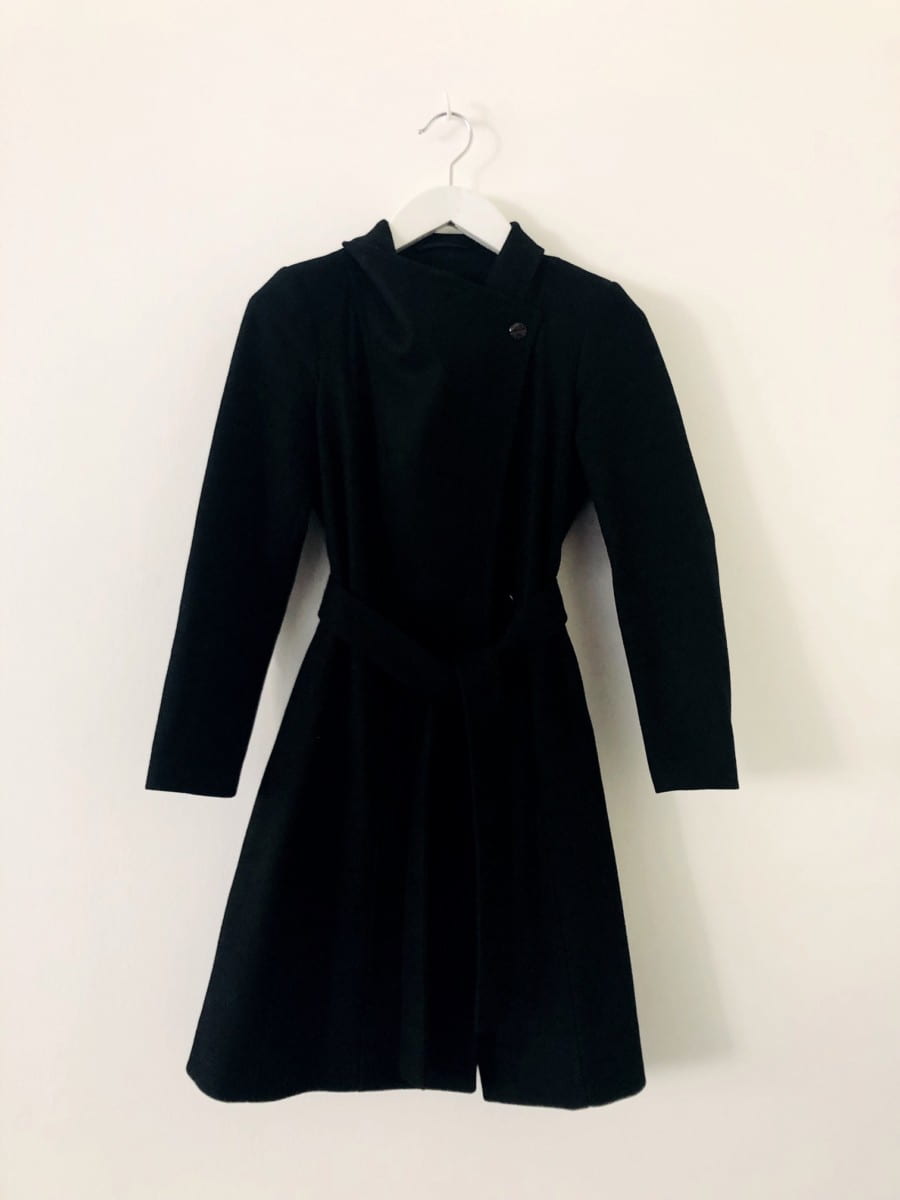“Costly thy habit as thy purse can buy,
But not expressed in fancy; rich, not gaudy,
For the apparel oft proclaims the man.”
Hamlet
The relevance of this Shakespearian quote is clearly demonstrated at a time of year when we are all turning our minds to presents and the inevitable increase in consumption. It challenges us to consider the values embodied in our purchases and the relationship between what we wear and how that is perceived. It also touches on the relationship between luxury and fashion; if our apparel proclaims who we are, what values are we displaying and just how much do we need to spend to show how fashionable we are? As a concept, luxury has become fashionable, so how can the luxury sector which is traditionally viewed as embodying attributes of real value and quality, help point a way forward for the rest of the fashion sector?

Alina Moat. MA Fashion and the Environment
These days luxury and fashion have somehow become synonomous. Luxury brands have exploited the need we have to use clothes, names and labels to proclaim who we are and what we stand for. Yet the relationship between fashion and luxury is not an easy one. Luxury goods have traditionally stood for all that is timeless, crafted and beautiful, the fact that the goods were expensive and difficult to buy added to their mystery and exclusiveness. However as luxury companies have taken advantage of consumers desire for exclusive goods a number of consequences have begun to emerge.
Stunning advertising campaigns sell us the luxury dream and as many luxury brands now offer a broader range of products including scents, accessories, cosmetics as well as fashion lines so the power and influence of the luxury brands has increased. However as the term luxury has been applied to a range of high quality but not necessarily exclusive goods so the concept has become diluted. As the luxury brands have become available to a much larger consumer base through the broader range of products pitched at a range of price levels, so luxury is tainted with the fast fashion, disposable brush thereby undermining their exclusiveness and timeless value.

Vivienne Westwood
As the luxury market has grown exponentially so counterfeiting has increased undermining the value and manufacture of luxury goods – the recent publicity about the availability of fake luxury bags on e-bay revealed just how mainstream this has become. There are also increasing concerns about the provenance of goods, as Linda Grant pointed out in her Guardian article Cheap at Twice the Price; ” The Hermes Birkin bag… has a three year waiting list because it is made in exactly the same way as it always has, by hand.” For many other designer bags the manufacture takes place in China but as the handle is attached in for example Florence so it is able to label itself Made in Italy. With many of the skills required to make luxury goods now residing outside their traditional European base there is increasing desire amongst consumers for honesty and openness about where the manufacture takes place. Luxury customers want to know that their purchases have been manufactured by skilled and appropriately paid workers so concerns have emerged around the materials. For example, the role of gemstones in funding war, the so-called conflict diamonds as highlighted in the recent film Blood Diamond or the exploitation of finite resources particularly the use of endangered animal products including crocodile, snakeskin and hides.
It seems that the luxury business has the opportunity to protect its reputation, take advantage of the world’s environmental and ethical concerns and help consumers proclaim their values and commitment to high quality, safely manufactured goods that are design led and don’t exploit either the worker or the earth’s resources. The recent WWF report Deeper Luxury goes so far as to say;
“We observe shifts in the luxury paradigm, emerging from major changes in social dynamics. In future, the highest quality product or service will be the one that generates the most benefit to all involved in its production and trade. Consumers’ knowledge of that benefit will be essential to their elite experience, and to the prestige ascribed to them by their peers. In future, luxury brands could present the greatest positive contribution any product or service could make to people and planet: they would identify the luxury consumer as a person who has both the means and the motivation to ensure that others do not suffer.”




